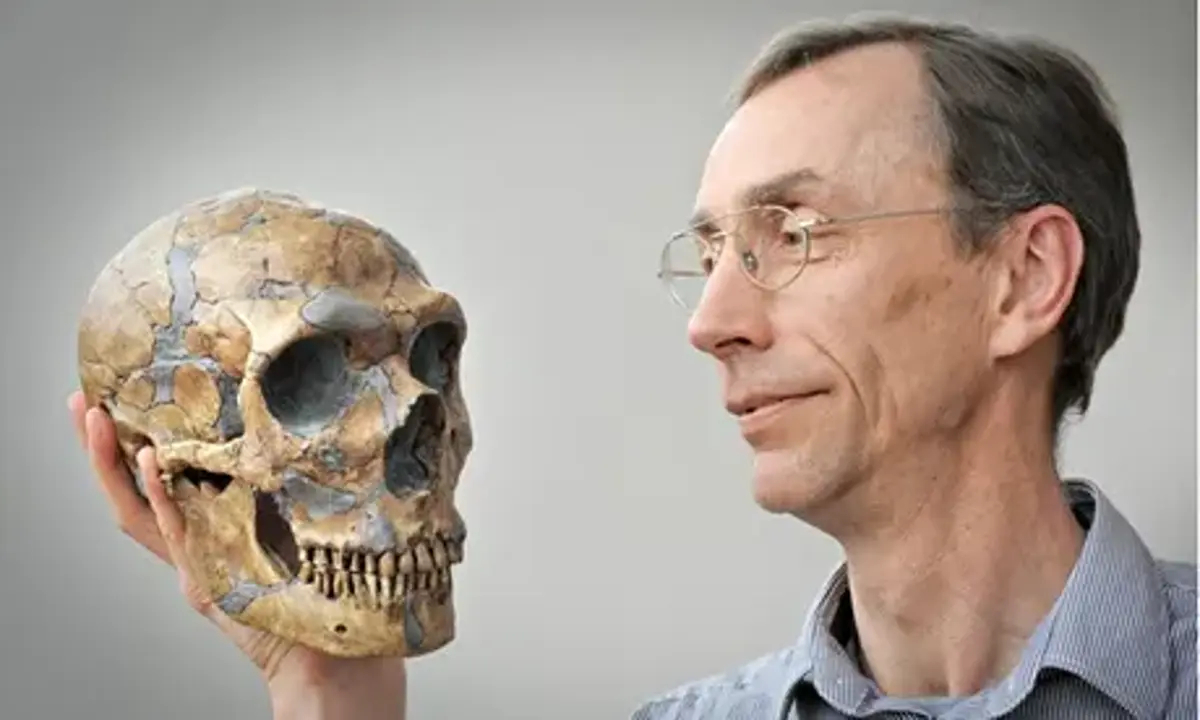
Pathbreaking discovery – Human Evolution and Paleogenomics
Genomics describes the sequences and analysis of an essential part of the nuclear genome of a given organism. Palaeogenomics is the study of ancient genomes, especially those of extinct organisms. In the field of palaeogenomics, Svante Pääbo has made stunning discoveries about human evolution using ancient DNA (1).
The work of Svante, a geneticist at the Max plank Institute for Evolutionary Anthropology in Leipzig, Germany, led to the sequencing of the Neanderthal genome and the discovery of a new group of hominins (includes the extent genera of humans and chimpanzees) called the Denisovans, an extinct species or subspecies of archaic human that ranged across Asia during the Lower and Middle Palaeolithic (2).
By tracing how genes flowed between ancient hominin populations, researchers have been able to trace the migrations of these groups as well as the origins of some aspects of modern human physiology, including features of the immune system and mechanisms of adaptation of life at high altitudes (3).
Pääbo had to develop ways of analysing DNA that has been damaged by thousands of years of exposure to the elements and contaminated with sequences from microorganisms and modern human. His techniques were used to identify the origins of a 40,000-year-old finger bone found in a southern Siberian cave in 2008. DNA isolated from the bone indicated that it was from an individual group belonging to the hominins. The group was named the Denisovans, after the cave in which the bone was found. Ancient humans living in Asia interbred with this group too, and Denisovan DNA can be found in the genomes of billions of people alive today (4).
Recent discoveries from Pääbo and his group have important implications for modern medicine. With genomes from multiple Neanderthals and Denisovans available, it is now possible to identify unique human genes. Researchers have also showed that a gene variant found in humans, but not in Neanderthals or Denisovans, is linked to a greater neuronal growth in the lab-grown brain organoids which has made a closer understanding of what makes homo sapiens humans (5,6). These intensive research studies have help us better understand the past of human development using modern and ancient genomics techniques
REFERENCES:
1. Green, R. E. et al. Science 328, 710–722 (2010).
2. Krause, J. et al. Nature 464, 894–897 (2010).
3. Pinson, A. et al. Science 377, eabl6422 (2022)
4. Gregory, M. D. et al. Am. J. Med. Genet. B Neuropsychiatr. Genet. 186, 329–338 (2021).
5. Zeberg, H. & Pääbo, S. Nature 587, 610–612 (2020).
6. Huerta-Sánchez, E. et al. Nature 512, 194–197 (2014).



